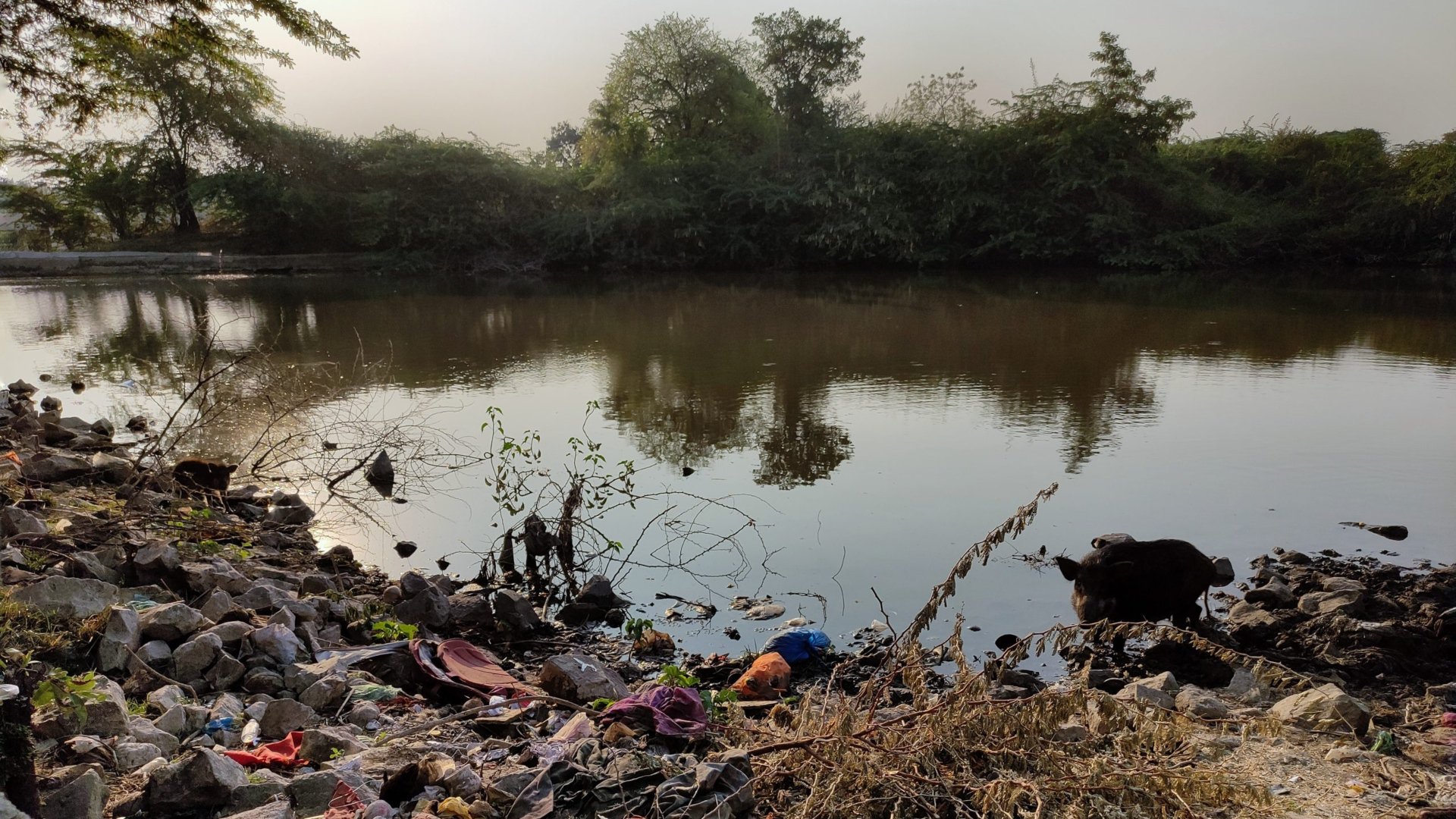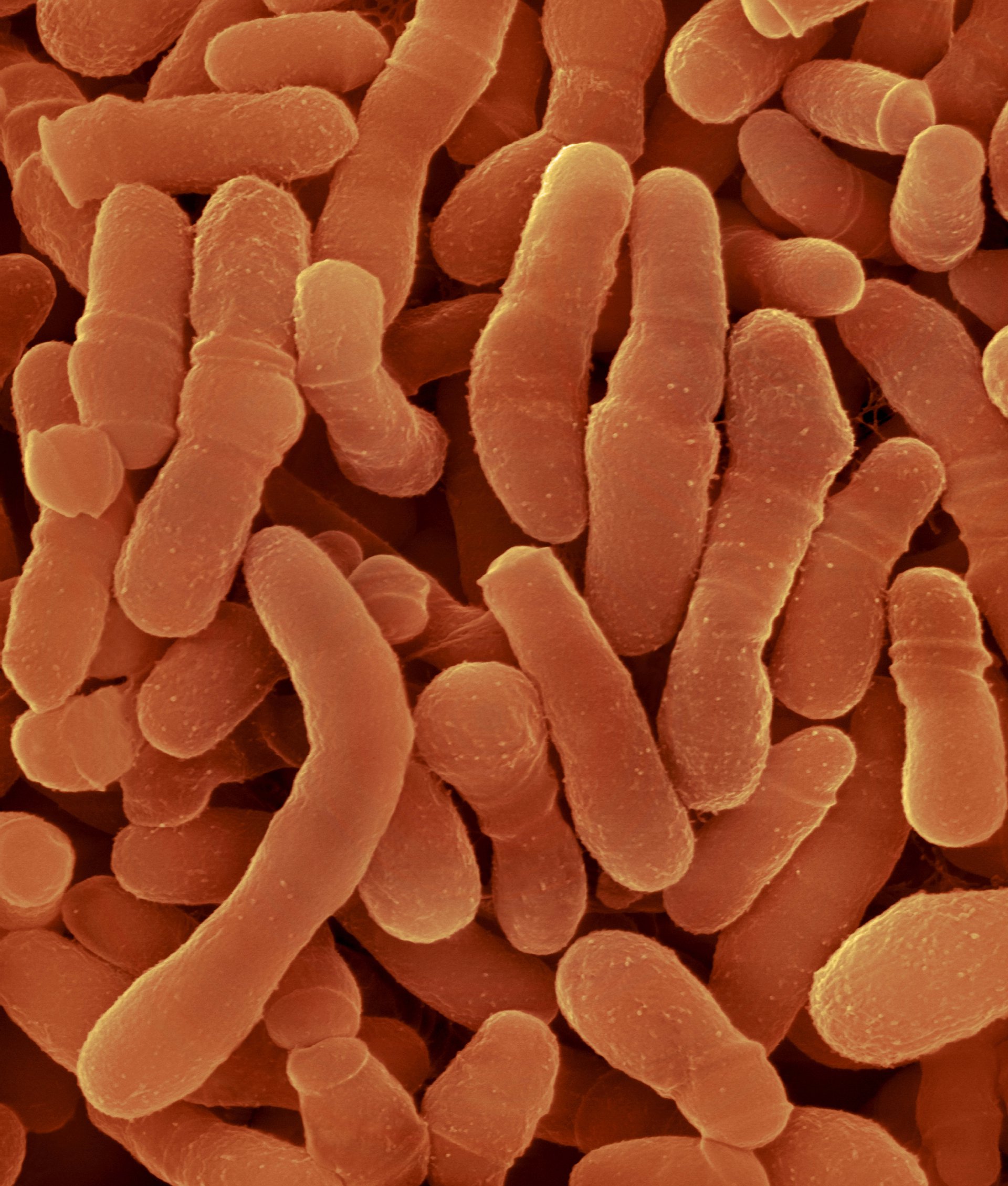Not only do they protect the ecosystem from these (often) toxic wastes, but they help researchers determine which lakes we should prioritize when it comes to plastic pollution.
Microplastic hotspots
Researchers from the University of Cambridge studied 29 Scandinavian lakes with different depths, sizes, surface temperatures, locations and diversity of dissolved carbon-based molecules. These researchers have previously shown that European lakes are potential hotspots for microplastic pollution. In this study, they also looked at the reaction of the ecosystem to this pollution.
They found that some lake bacteria grow faster and more efficiently on the remains of plastic bags than on natural materials such as leaves and branches. The bacteria break down the carbon compounds in the plastic to grow and reproduce. Especially in lakes where there are fewer natural carbon compounds, the bacteria seem to do better on plastic. The diversity of bacterial species also seems to be important. In lakes with more diverse bacterial species, plastic pollution is broken down better and faster.

Naturally occurring bacteria unexpectedly eat up plastic pollution in lake water.
More lake bacteria
In the study, the scientists cut plastic bags into pieces and shook them in water until their carbon compounds were released. They mixed this 'plastic water' with water from the various lakes. The bacteria from the water were then given 72 hours to feast on the carbon compounds. After 72 hours, the bacteria in the 'plastic water' had doubled in mass. They absorbed about 50% of the carbon in the water.
Stimulating the food web
More bacteria prefer the carbon compounds in plastic. The researchers think that the carbon from plastic is more easily broken down by the bacteria and used as food. Moreover, the bacteria not only break down the plastic more efficiently, but it also improves their ability to break down other natural carbon compounds in the lake. This suggests that plastic pollution stimulates the whole food web in lakes. More bacteria also means more food for larger lake dwellers such as ducks and fish.
Prioritising
Perhaps enriching heavily polluted lakes with specific bacterial species could be a natural way to remove the plastic. At the same time, the researchers warn that this is no reason to pollute lakes with plastic. Not all types of plastic can be broken down so easily by micro life, and many are highly toxic to other animals and plants. However, the research does help to determine which lakes are most vulnerable to plastic pollution. Lakes with high pollution, but with low bacterial diversity and many different natural organic compounds are the most sensitive and should be treated first.
Source
Sheridan, et al. 2022. Nature Communications. Plastic pollution fosters more microbial growth in lakes than natural organic matter. https://www.nature.com/articles/s41467-022-31691-9

